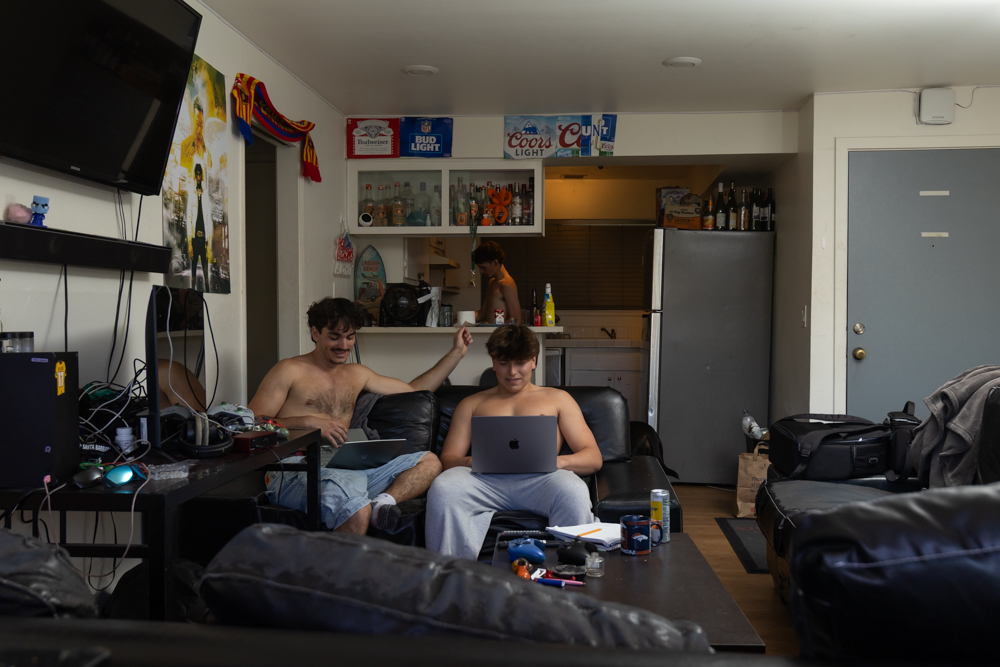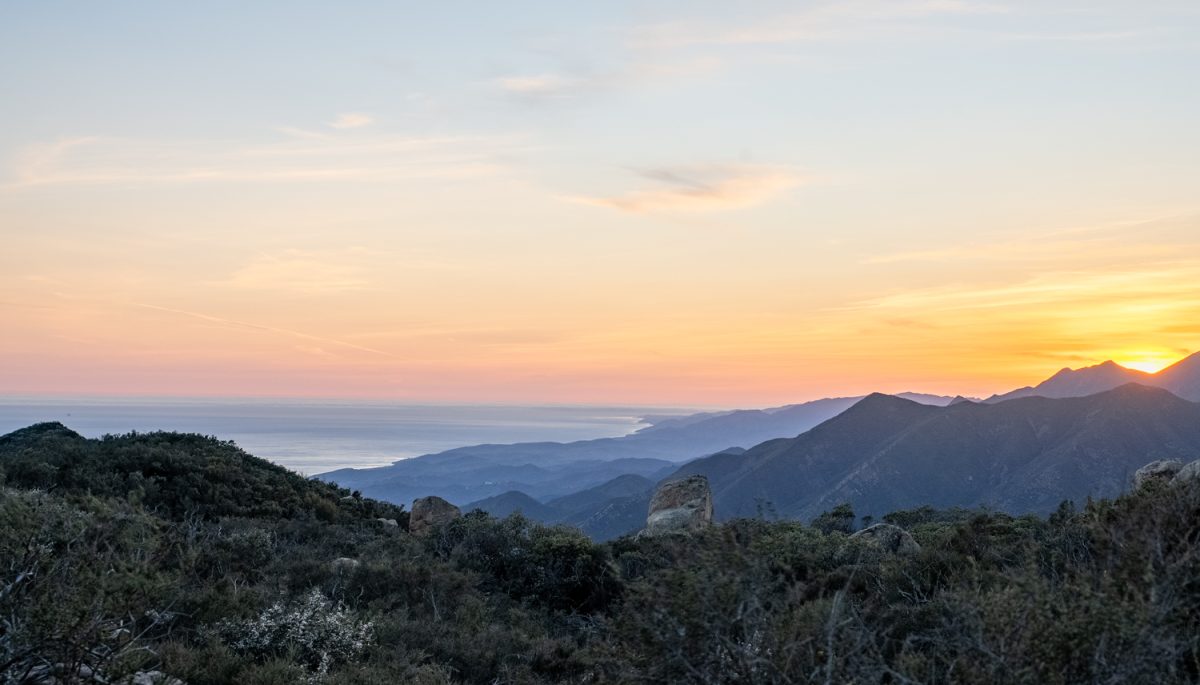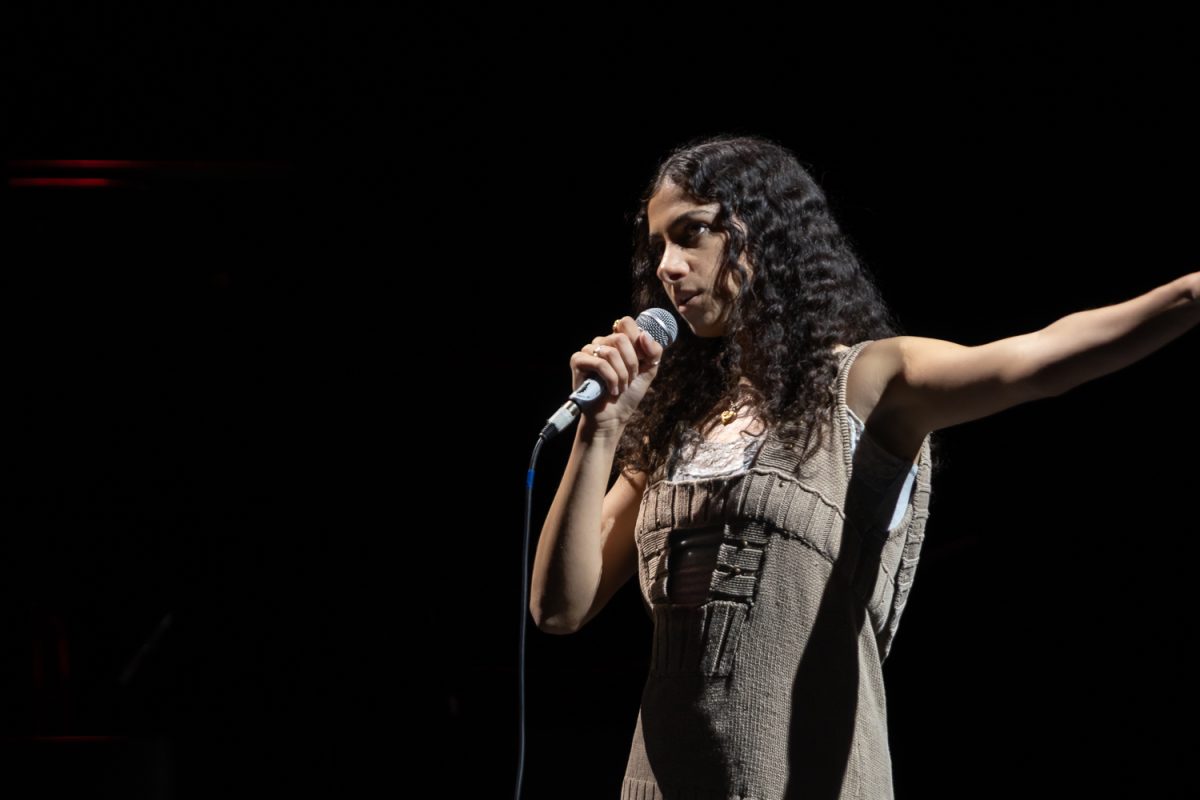“Only the creator can make something perfect,” said Annette Cordero, a retired English teacher at City College and member of the Coastal Band of the Chumash Nation. “We just have to make it with integrity.”
The last few beams of evening sunlight lit up a large sign next to Cordero, who sat thoughtfully on a bench on the brim of City College’s great meadow.
“Reclaiming and Revitalizing,” read the sign’s header, introductory words to precede seven other signs, all with their own intricate description of Chumash cultures and history.
The eight-year process of installing these signs took on the task of enlightening the public, specifically the students of City College, of the extensive network of Chumash cultures that once lived in villages on the land where the campus now stands.
Although the process was a clear labor of love, it all began with a controversy.
In 2015, a group of art students at City College constructed a large teepee structure in the center of the Great Meadow on campus, leading to a whirlwind of backlash and controversy from students, staff and other members of the public.
Many, including those of Native American descent on and off campus, viewed the installation as culturally insensitive.
“It was really painful,” Cordero recalled. “So out of that, Kimberly Monda, president of the Academic Senate at the time, talked to me and said, ‘do we have any artwork or acknowledgments on campus that say that this is Chumash land?’”
This controversy in 2015 sprouted a new idea, conceived by Cordero, Monda and several others, to construct signs that acknowledge and celebrate the thousands of years that Chumash people had lived on the land where City College was built.
“[Monda] was really the one who made the first effort to go to the administration and advocate for funding,” Cordero said, recounting the action taken to put up the signs in 2016.
Thanks to nearly a decade of work from Cordero, Monda and several others, eight signs now span the length of the trail along the edge of City College’s Great Meadow, each detailing specific aspects of Chumash history and cultural identity.
According to Cordero, extensive work had to be done to verify and authenticate the information on the signs due to the vast cultural differences between existing Chumash communities.
“We felt like, in many ways, we were inventing the wheel,” Cordero said, laughing. “We had no idea how people were going to react to them – we didn’t even know how our own community was going to respond to it.”
Cordero went over the meticulous research that went into the contents of the signs, down to each “glottal stop” on the spellings of each word in Šmuwič, the language of the Coastal Band of the Chumash Nation, which is the primary Chumash language shown on the signs.
Cordero explained that her group worked hard to address the fact that several Chumash cultures are still around today. According to Cordero, each group is distinctively different and should not be viewed together as one large homogenous group.
“We were telling our community recently, ‘remember, you are working with the Coastal Band; please don’t have anything that says this represents the entire Chumash community,’” Cordero explained, detailing how they navigated addressing Chumash groups’ individuality. “There are lots of other groups in our community who may have a different version of this to tell.
“Our whole goal was to try to keep it as unifying as possible; we intentionally didn’t put in things that we knew were divisive in our community.”
Solange Aguilar, an artist in Santa Barbara, created all of the artwork and graphic design on each sign. The artwork depicts historical and cultural facets of several Chumash communities, from abalone fish-hooks to the rainbow bridge created by Xutaš, the earth spirit.
The color present on the signs was another detail that was implemented to evoke emotion in the viewer, Cordero explained. Bright, vibrant colors depict Chumash cultures’ art and stories, while drab, diluted depictions outline the hardships faced by their ancestors in the California Mission system.
“We did not want to do the typical, whitewashed version of our history,” Cordero said.“We want to be the ones telling the story, and we want to tell it accurately because even what they teach in our schools is not correct.”
As one walks southwest along the trail, the signs begin to lose their color, giving solemn historical reminders of the hardships that the Chumash faced due to the Spanish conquest. Cordero stated that they plan on attaching QR codes with more information to these signs, including a trigger warning for harrowing details.
“There were times when we had to stop working on it, because it was too painful for us,” Cordero said.
The final two signs on the trail, however, bring back a flurry of vibrancy in color and messaging, depicting Chumash artwork and traditional stories and serving as an appeal to hope for the future of the community.
“When we had the controversy with the teepee structure being built, a group of us from the Chumash community came on a Sunday, when nobody was here, and did a cleansing ceremony,” Cordero recalled. “We felt like the land had been injured, and we needed to heal it.”
Nine years after the controversy, the signs now stand encompassing City College’s West campus – a crucial step forward in addressing the resilience and longevity of Chumash cultures in Santa Barbara.
“I feel like these signs are still part of that healing process, we felt like it is a way of bringing good medicine back to this side of campus,” Cordero said.


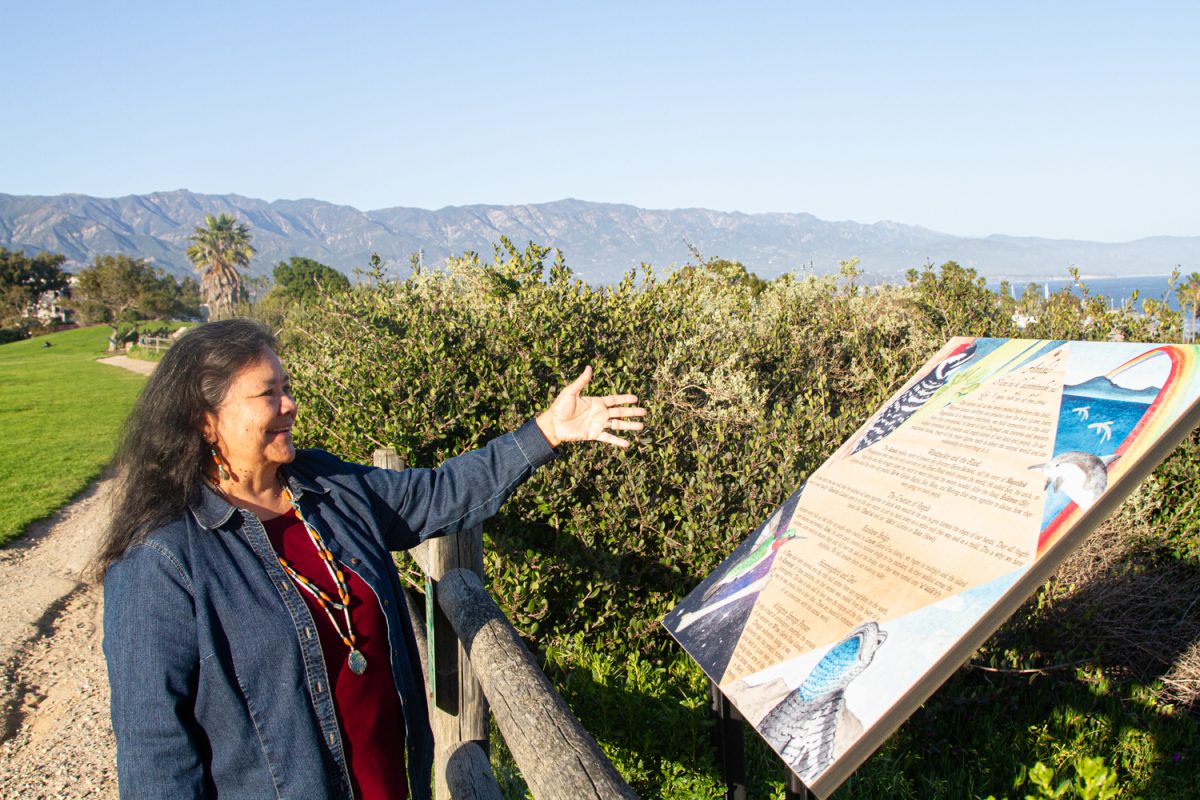
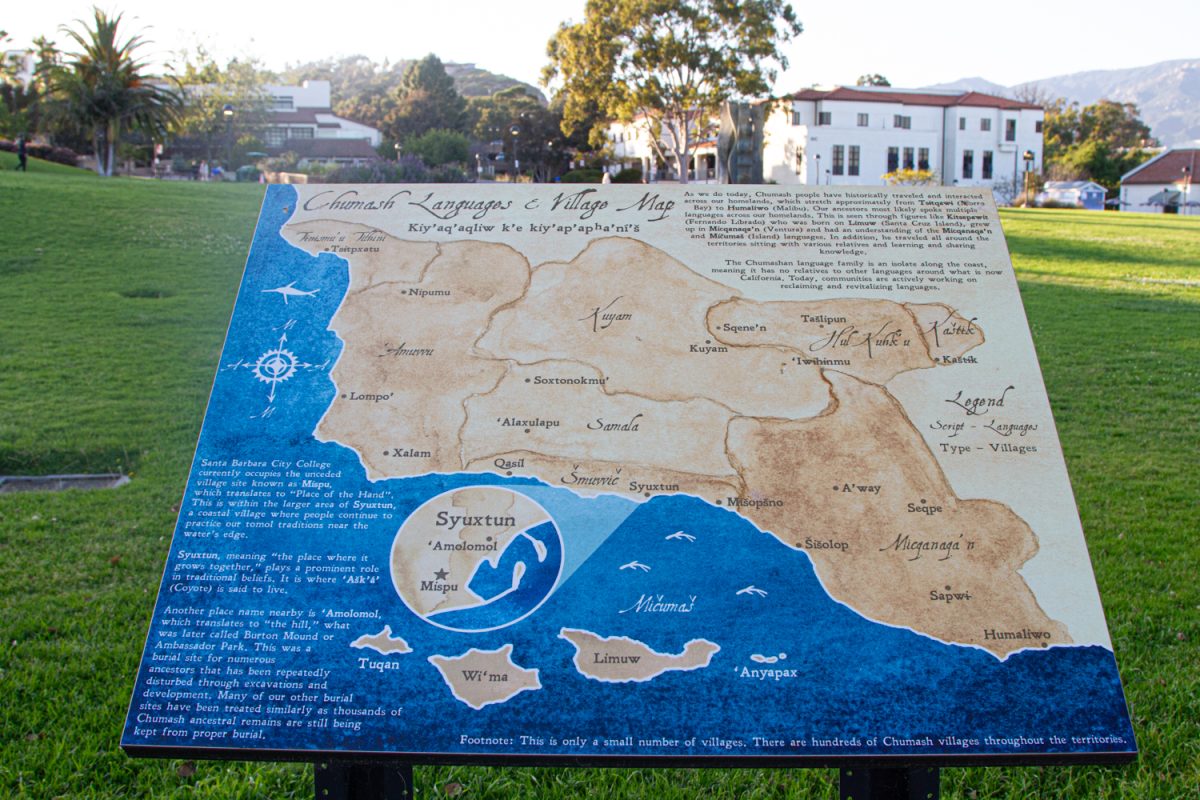

![Milton Alejandro Lopez Plascencia holds a flag showcasing the United States and Mexico on Feb. 7 in Santa Barbara, Calif. “It’s heartbreaking to see what is happening all across the country,” Lopez Plascencia said. “I [want] my voice to be heard by the community.”](https://www.thechannels.org/wp-content/uploads/2025/05/MGSImmigration-1-1200x800.jpg)

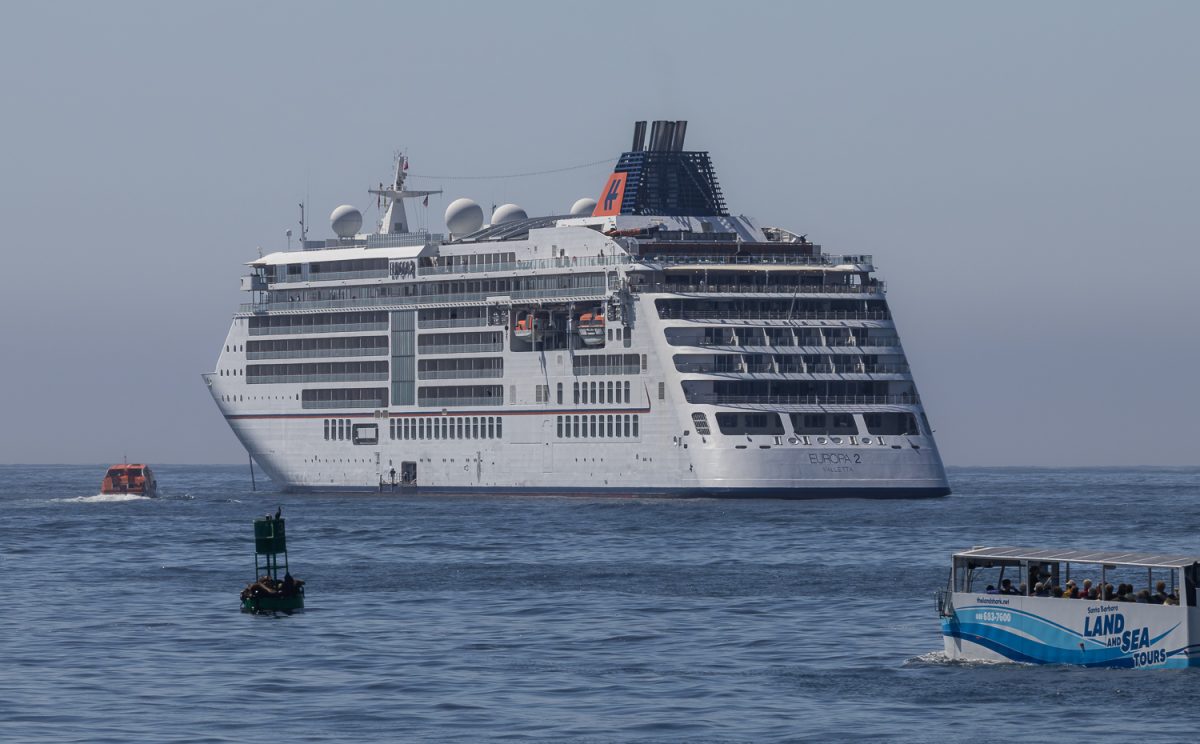
![The new Dean of Social Science, Fine Arts, Humanities and English, Eric Hoffman beams on May 2 in Santa Barbara, Calif. "My major professor in college [inspired] me," Hoffman said. "You can really have a positive impact on people's lives in education."](https://www.thechannels.org/wp-content/uploads/2025/05/MGSHoffman-2-1200x800.jpg)
